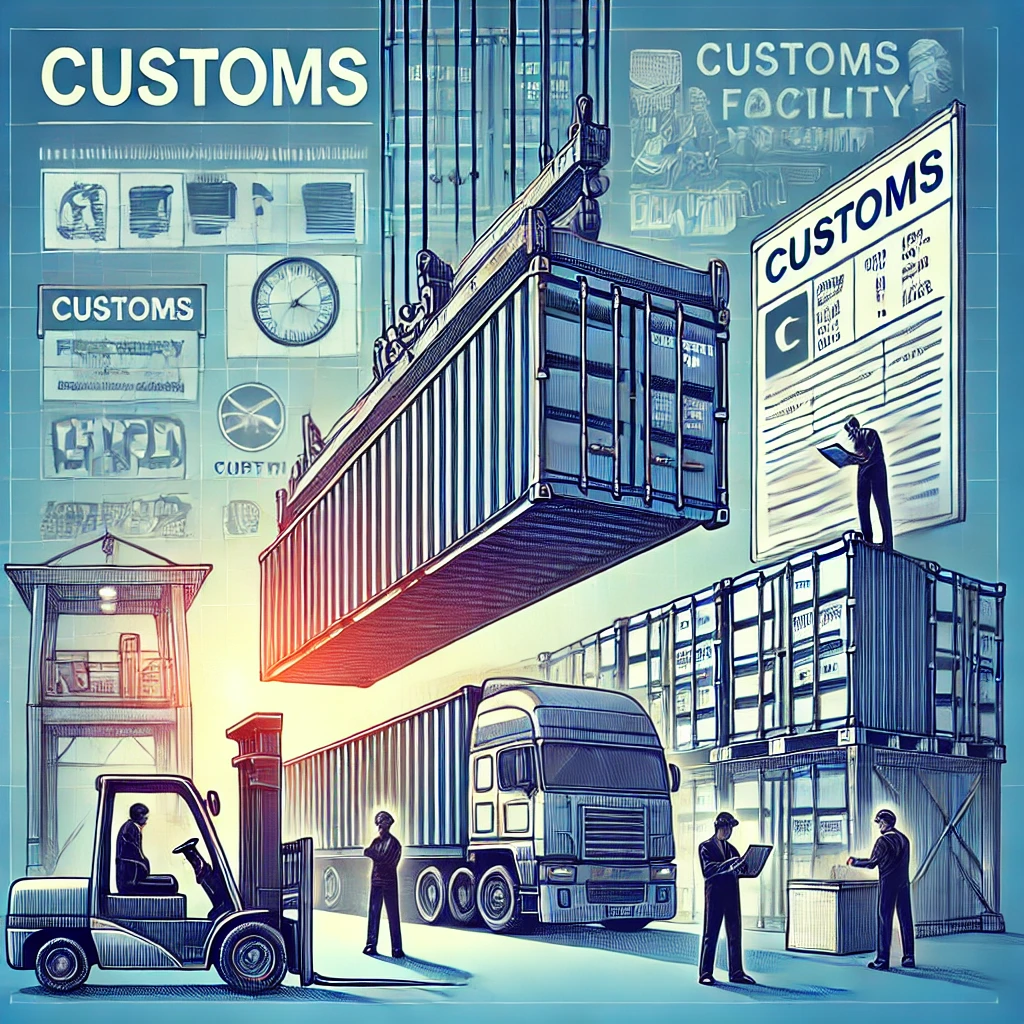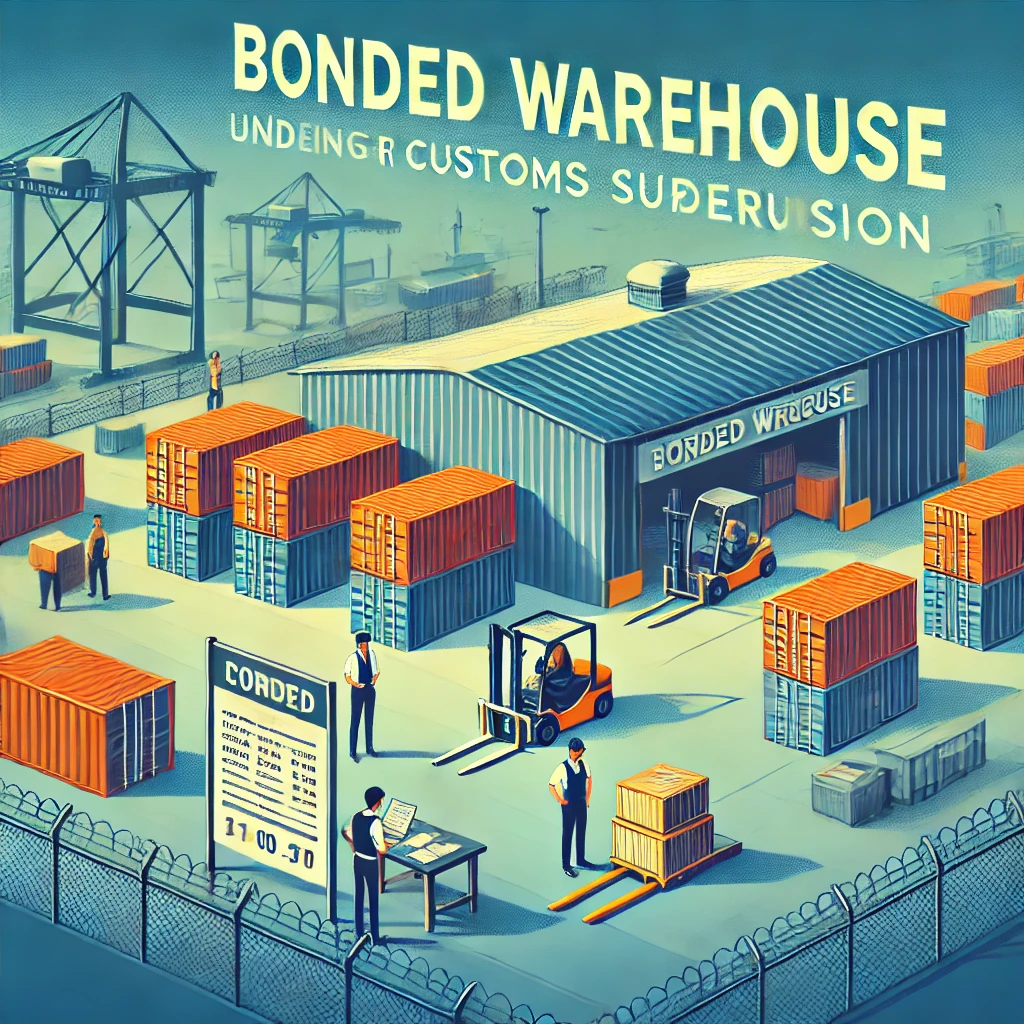Understanding FIRMS Codes: Guide

What is a FIRMS Code?
FIRMS stands for Facilities Information and Resources Management System. A FIRMS code is a unique identifier assigned by U.S. Customs and Border Protection (CBP) to facilities where imported goods are received, manipulated, manufactured, or stored under customs supervision.
Why are Important?
FIRMS codes are essential for several reasons:
- Customs Compliance: They help CBP track and monitor goods entering the United States.
- Efficient Processing: FIRMS codes streamline the customs clearance process.
- Inventory Management: They assist in accurate tracking of goods in bonded warehouses.
- Risk Assessment: CBP uses to assess potential risks associated with specific facilities.
How to Obtain a FIRMS Code
To obtain, follow these steps:
- Determine if your facility qualifies.
- Complete the CBP Form 5106.
- Submit the form to your local CBP office.
- Wait for CBP to process your application and issue your FIRMS code.
Types of Facilities That Require
Various types of facilities may require:
- Bonded warehouses
- Container freight stations
- Foreign trade zones
- Express consignment facilities

Format
A typical consists of four characters:
- The first character is always a letter, representing the CBP district.
- The following three characters are numbers, uniquely identifying the facility within that district.
For example, a look like: H572
Maintaining Compliance
To maintain compliance with CBP regulations.
- Keep your information up to date with CBP.
- Ensure all employees handling customs documentation are familiar with the correct usage.
- Regularly audit your customs documentation to verify correct application.

Conclusion
Understanding and correctly using FIRMS codes is crucial for smooth operations in international trade. By following the guidelines in this comprehensive guide, importers and exporters can ensure compliance with CBP regulations and streamline their customs processes.

